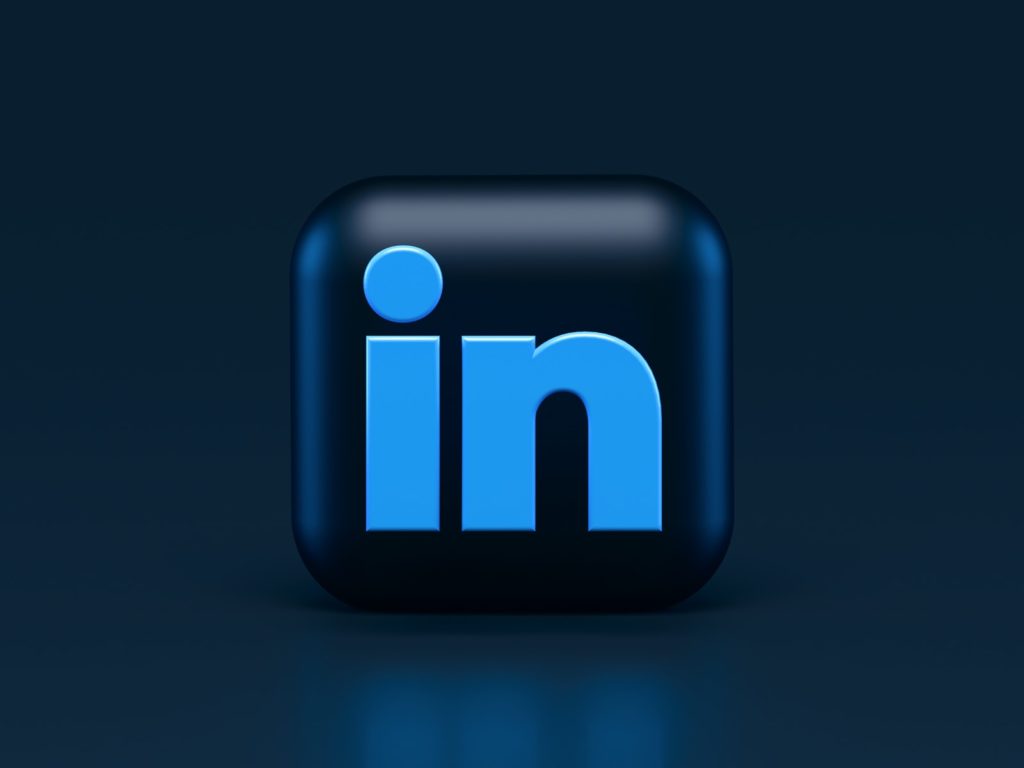
LinkedIn is a mixed bag.
On one hand, playing host to about half a billion of the world’s professionals, it’s simply unmatched for finding opportunities, sourcing business deals or generating leads.
On the other hand, the signal-to-noise ratio is often overwhelming, and finding visibility (or rather, the right kind of visibility) can be a chore.
Done right, though, LinkedIn can offer you a level of visibility and exposure to opportunity that can be absolutely transformative to your career. Businesses spend thousands of dollars optimizing their website’s SEO to rank well on Google – what people don’t realize is a lot of the same principles apply on LinkedIn.
We’ve put together some “quick wins” you can apply to your LinkedIn profile to dramatically improve your discoverability.
1. Add a “call-to-action” to your LinkedIn Headline
This one might be controversial (and, frankly, can go very wrong) but one of the best things you can do to increase your discoverability from your target audience (whether that’s job seekers, potential employers, business partners, or customers) is to include a CTA in your headline. Consider the following headline:
“Software Engineer @ Company”
This is a pretty standard headline – but, let’s say you’re job hunting, the only people it’s going to attract are desperate recruiters. You’re not going to catch the eye of a direct hiring manager, fellow engineers at your target companies, or any other leads that can you in. Why?
- It doesn’t express your need. There’s no immediate clarity that you’re even available.
- Outside of what’s encapsulated in the profession (“software engineer”) there’s no detail in the value you provide.
Unless you have an extremely specific/niche job title, this headline will do little to attract potential employers. Instead, consider something like this:
“Software Eng @ Company. Need help with DevOps?”
This headline accomplishes a few things. For one thing, it makes it clear what your skillset & specialization is – companies rarely hire a generic “software engineer” (substitute that for “writer”, “marketer”, “account executive”, etc). The reflection of personal specialization immediately makes you stand out to people who are looking for that specialization.
The other thing this line accomplishes is that it makes it clear you’re available for work, despite not being explicit (which is good for your current company!). It keeps the door open that you’re available for a conversation about where you can help a company out.
(The same concept applied towards business owners: “CEO @ BurgersNow” vs “CEO @ BurgersNow. Need to feed your employees?”)
2. Have a good profile photo
Alright, you knew this was coming.
It’s the most generic LinkedIn profile advice, yet go and comb your feed and you’ll see a never-ending swarm of people who don’t follow it. Cartoon images, awkward selfies, or no photo at all are surprisingly common.
And yet, having a photo alone will get you 21x more profile views and 36x more messages. A photo alone could make the difference between getting your dream job and not – kind of crazy, right?
Here are a few tips:
- Choose a photo that actually looks like you. Much like online dating, the last thing you want is to show up to a job interview and they don’t recognize you. Sure, it doesn’t have quite the same impact as with dating but it immediately erodes trust in you before you’ve even opened your mouth.
- Be as professional as you need to be. Your profile picture should calibrate to your industry. Interested in breaking into professional services? Suit & tie are a must. Rather looking to move into a tech startup? A suit & tie will reflect negatively on you – instead, use a simple, well-lit image in casual wear.
- Your cover photo is your secret weapon. Use the cover photo as an opportunity to show more about your personality to enforce culture fit. You could, for instance, use it to display you performing a hobby that you’d want prospective employers or partners to know about.
Most of the people viewing your profile make a decision about you in a tenth of a second – make that decision a good one.
3. Don’t make overly long summaries
Have you seen those profile pages with extremely long-winded, overly-descriptive summaries? Summaries that go into every element of the individual’s professional life (even, often, veering into the personal)? Those summaries will at worst reflect negatively on you as being narcissistic and will at best be ignored completely.
As we mentioned before, it’s a matter of seconds before a prospective contact decides on your value to them – don’t waste it on a wall of text. Get to the point.
Keep your summary short – 1 or 2 paragraphs which cover the following points: what you do, what you’re good at, what you’re looking for. Be subtle around the latter point if you’re currently employed and not wanting to burn bridges (use our earlier suggestion of “Want to chat PPC marketing? My email is [email protected]”
Oh yeah: leave your email. The less friction you introduce to contacting you, the more likely people will do it.
4. Skills, skills, skills
Although the age-old “you endorse me I endorse you cycle” can seem never-ending, tiring & pointless, it actually has a purpose: skills are the single best way to show up in targeted LinkedIn searches.
Which means, the more of your skills you flesh out, the more likely you are to have your profile visited by people who are looking to connect with people like you.
People with 5+ skills see 17 times more profile views than average. Focus on a mix of skills – not just your core technical ones, but soft skills as well. They’re particularly important if you’re looking to cross the chasm in your career and move into management.
5. Keyword density
As we mentioned earlier, a lot of the old techniques that were used to rank on Google can now be used to rank on LinkedIn. The biggest one is keyword density – simply put, the more core keywords you have lingering around your profile, the more likely you are to show up on different search engines (both internally, and elsewhere).
Keyword density alone can help achieve over a 25% increase in LinkedIn profile views and they’re extremely easy to do – in fact, you’ve already started doing them if you followed tip number 1. Figure out the main keywords that outline who you are and what you bring to the table, and double down on those.
Another important tip to keep in mind here is to normalize the keywords. What I mean by that is, big keywords and try to latch on to them. For example, instead of “Director of Partnerships” consider something like “Marketing Director (Partnerships)”.
You’ll show up on a lot more searches that way – and the important thing is to do it in a way that it’s not disingenuous. In this example, a “Director of Partnerships” would still be relevant to someone searching for a “Marketing Director”.
That’s it! If you implement just a few of these techniques, you’re guaranteed to see an upswing in your profile views. The rest comes down to putting yourself out there more, creating more content, adding value to your existing network and leveraging that to branch out.
Good luck!


Leave a Reply